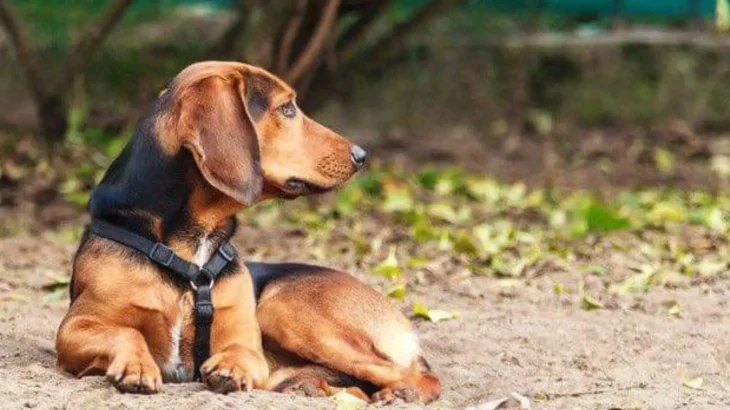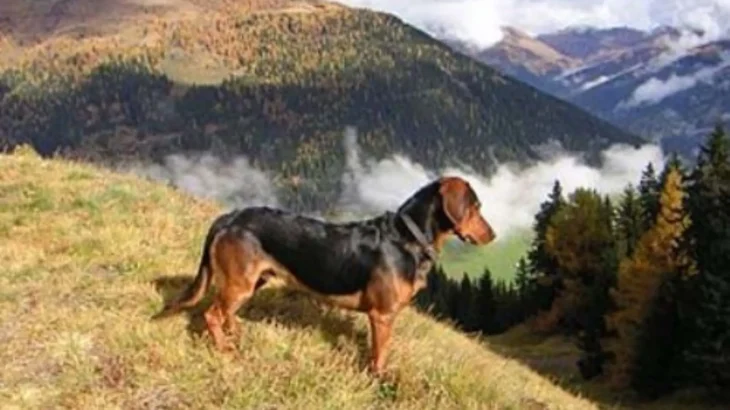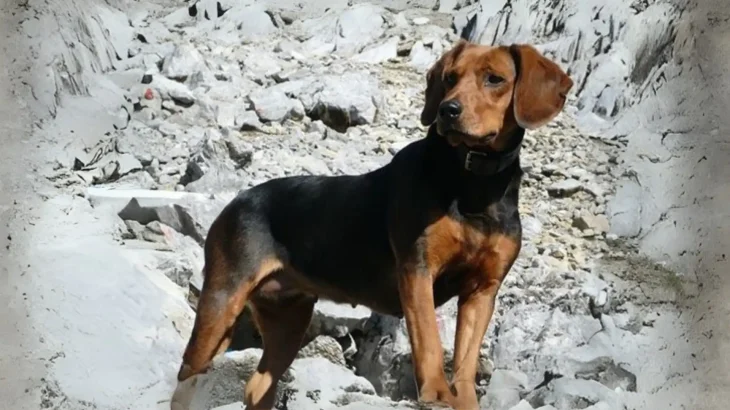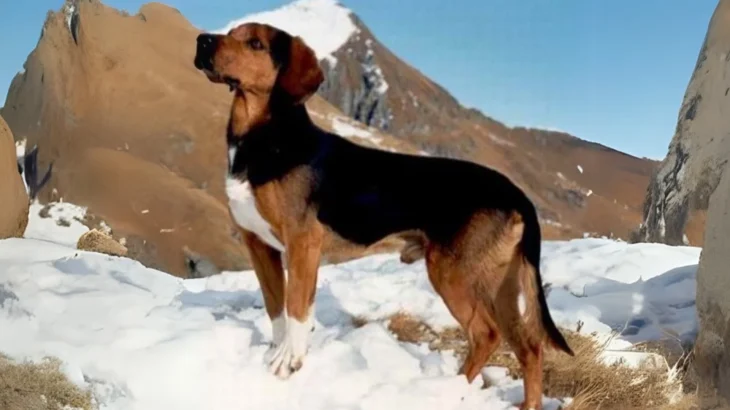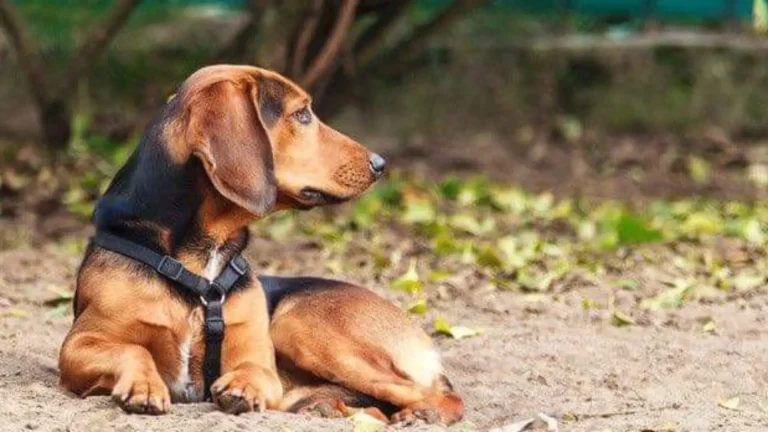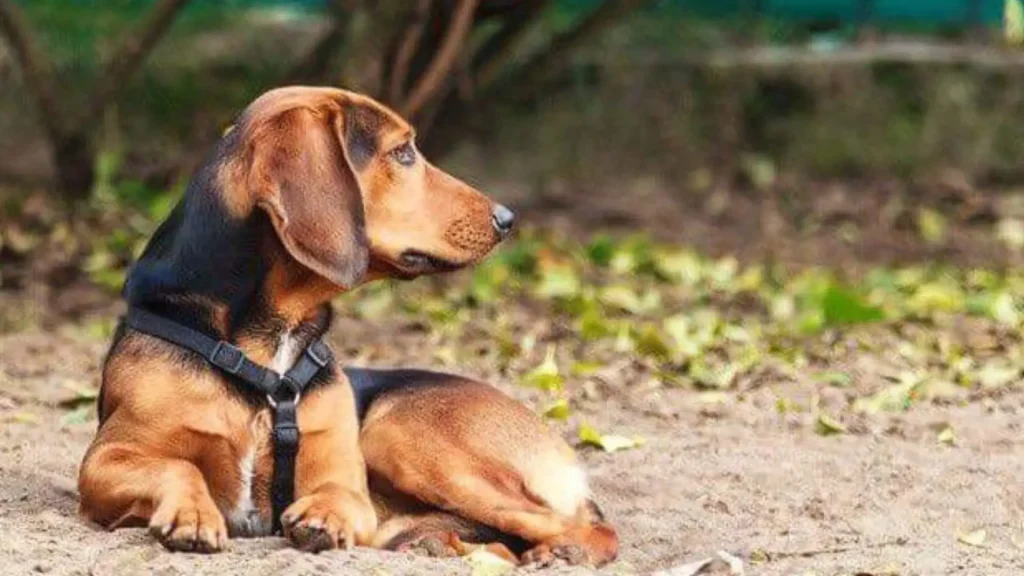When deciding whether to bring a Tyrolean Hound puppy into your home, choosing between adoption and purchasing from a breeder involves weighing factors like health history and breed purity. Both options have unique advantages, and considering these can help align your choice with your priorities and lifestyle.
Adoption vs. Breeder: Pros & Cons
| Criteria | Buying from Breeder | Adopting from Shelter/Rescue |
|---|---|---|
| Cost | Typically higher; purebred puppies with pedigree can be costly. | Generally lower adoption fees, making it more budget-friendly. |
| Health History | Breeders usually provide detailed health records and genetic testing. | Health history may be uncertain but often basic health checks are done. |
| Age Availability | Primarily puppies, allowing for early training and bonding. | Varied ages available, including adult dogs ready for immediate companionship. |
| Temperament Insight | Breeders can share lineage temperament traits and early socialization. | Shelter staff may provide behavior observations; past temperament might be unknown. |
| Supporting Practices | Supports reputable breeding programs focused on maintaining breed standards. | Helps reduce shelter overcrowding and gives a dog in need a home. |
| Breed Purity & Pedigree | High assurance of purebred status and documented pedigree. | Breed purity often unknown; might be mixed or less predictable. |

